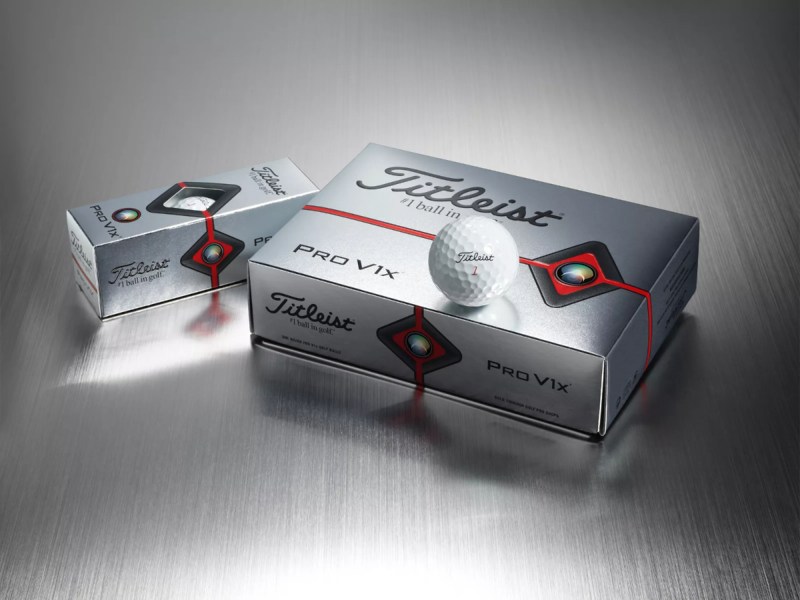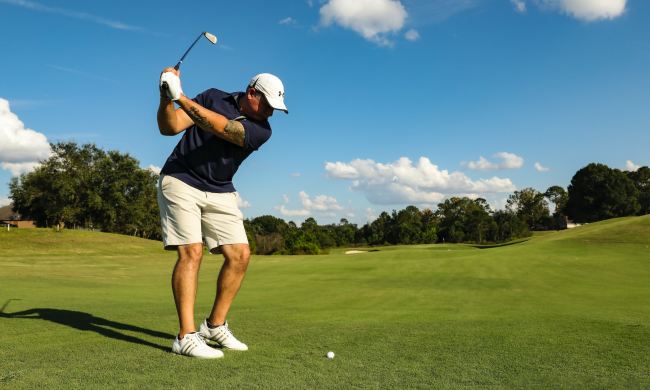Everyone who plays golf is interested in the best golf ball deals, especially when the golf ball sales are for the latest models of big brand balls used by PGA pros on tour. Players looking for practice balls also seek golf ball deals on used, refinished balls. Because playing golf can be a drain on your wallet if you play regularly, we scouted out the best deals available today for both new premium balls and refinished used balls from the same brand names. We update this post regularly, so if the balls you prefer or want to try aren’t listed below today, check back soon.
If you’re serious about getting any edge you can on the golf course, Garmin watch deals include Approach GPS golf watches and activity bands to help you record your scores and access yardage and other data on thousands of courses worldwide.
Today’s Best Golf Ball Deals
How to Choose a Golf Ball
Together with golf clubs, golf balls have the greatest impact on a player’s golf score. Everyone wants a ball that travels straight for long-distance drives, is easy to control on approach shots, and sticks to the green. Unless someone else is covering your expenses, however, the appeal of golf ball deals is universal. There are golf ball sales for pretty much all brands and models, but the deals aren’t all the same and don’t all happen at the same time.
Depending on the type of ball you buy (see below), most balls cost about the same. Because regular players go through a lot of balls during a season, golf ball manufacturer prices are highly competitive. Rather than compete on price in golf ball sales, brands tout their unique construction, components, and design elements that affect various golf ball performance characteristics.
In the sections below we cover major factors to keep in mind the next time you look for golf ball deals.
- What Type of Golfer Are You?: The first thing to think about is yourself and where you fit in the hierarchal world of golf. It’s easy to differentiate between the highly competitive low handicap player who plays multiple times a week and an occasional duffer who goes out a few times each season. The breakdown requires more granularity, however, based not on your handicap level, but on how well you play and what limitations or weak areas you are trying to overcome. For example, you may whack the ball hard consistently for long distances but it goes everywhere but straight. In that case, you probably don’t need to shop golf ball sales for balls designed for distance. Instead, you may want to look for different cover types and dimple patterns to find the combination that has greater directional control and consistency. If your long game is reasonably good, but you get frustrated with approach shots as you try to get on the green, golf ball deals for balls that drop and stick in place may be your best bet. If you have friends who have more experience and who play better than you do, their recommendations of balls that may players with your capabilities or goals can be very helpful. (More on recommendations below).
- Golf Ball Types: You may be surprised to read that there are only three types of golf balls: Tour performance, distance, and soft or spin control balls. Professional golfers and low handicap players use Tour Performance balls, which are multilayer golf balls built for long straight drives, loft control, and easy travel on greens. Built for better drives, distance balls used by mid-to-high handicap players often have extra-large cores and relatively thick covers. Soft or spin control balls have relatively low compression for greater contact with irons and other short clubs — you might not get the audible click style sound that’s music to golfers’ ears when you hit a soft golf ball, but improved control is the payoff. Starting with the three basic golf ball types, golf ball brands sell a universe of different combinations of construction and components.
- Golf Ball Construction Basics: Golf ball construction falls into two categories: Balls with two layers and balls with more than two layers. Two-layer balls have a single large core and a cover. Regardless of how hard you hit a two-layer golf ball, the same characteristics will be in play. Multiple layer balls give advanced players the chance to take advantage of the characteristics of the various inner layers — the harder the hit, the deeper the layers that are activated. That’s why a multi-layer golf ball can perform differently on drives than on short approach shots, for example. Whether two-layer or multilayer, however, the material used in the layers also matters significantly.
- Golf Ball Parts: A golf ball has a cover and a core. The cover is a single layer but the core can have one layer (two-layer balls) or two or more layers (multi-layer balls). Golf ball covers are made of one of two types of material, Surlyn or urethane. Surlyn, a specific ionomer resin, takes a beating with relatively little damage. If you’re just starting out or you play infrequently, golf balls with Surlyn covers are a good choice. Urethane covers on golf balls give advanced players more control and backspin than Surlyn covers. Low handicap golfers can hit a urethane-covered ball hard enough and with enough control that makes up for the cover’s relative softness. Golf ball cores are made of a wide variety of materials, but the key is the balls’ relative compression. Lower compression balls are best for beginners because they enable players to get greater distances without precise hard hits. Higher compression balls with multiple layer cores require harder hits to activate the inner layers, techniques pros and low-handicap players practice regularly. You can see why knowing about yourself and how well and how hard you hit the golf ball is the necessary first data you need before choosing golf ball construction and components.
- Recommendations: When you take lessons from a golf pro, usually the pro can give you good recommendations for golf balls and clubs that are suitable for your abilities. As mentioned above, you can also ask more experienced golfer friends for their recommendations, but unless they play or talk with a lot of other people with different skill levels and experiences, you may get recommendations based on your friends’ personal experiences and how they play.




